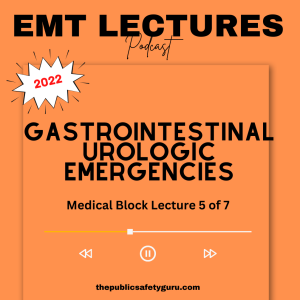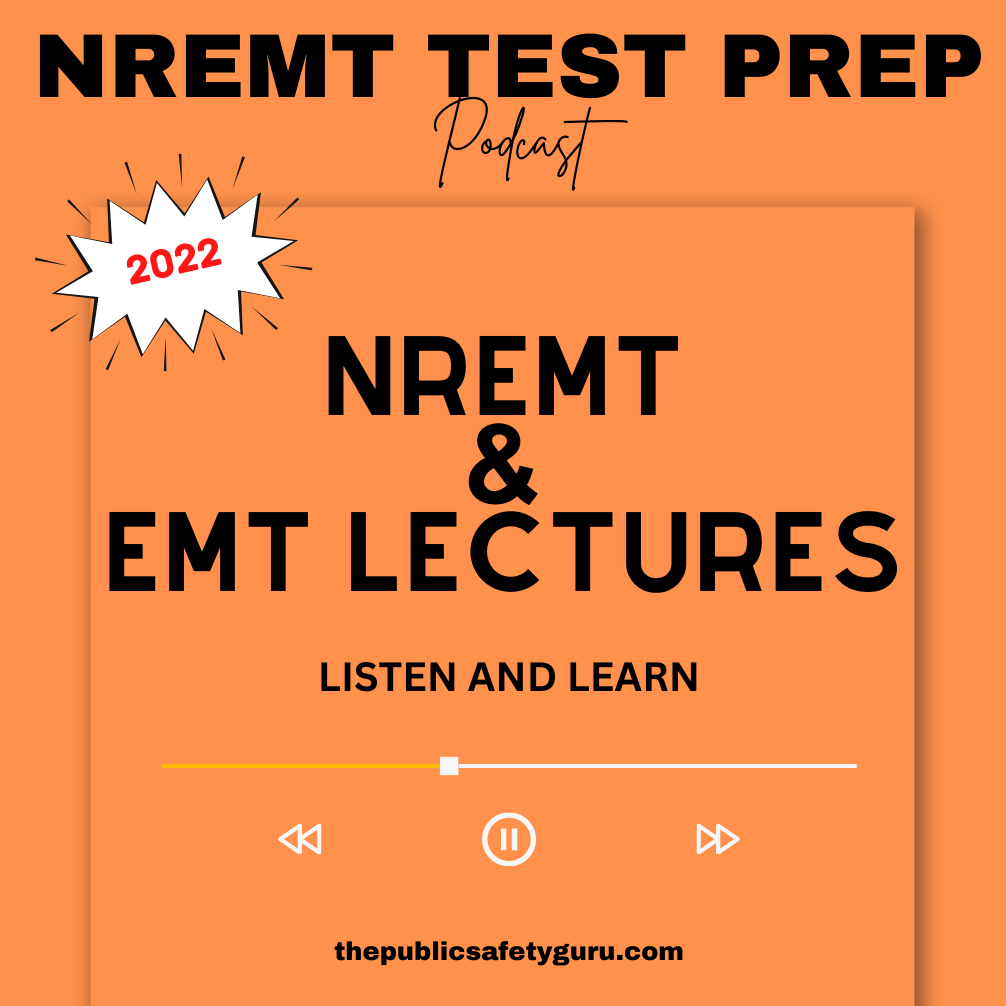
Episodes

Thursday Nov 24, 2022
Thursday Nov 24, 2022
Exclusive content and support:
The EMT student should understand the anatomy and physiology of the gastrointestinal, genitourinary, and renal systems as well as being able to assess and manage various patient populations with numerous related gastrointestinal/genitourinary complaints, which include, but are not limited, to direct or referred abdominal pain, hypoglycemia, hyperglycemia, shock related to acute (medical versus trauma) or chronic gastrointestinal disorders, hemorrhage, peritonitis, and complications related to the renal system (renal dialysis).
Knowledge Domains:
Describe the basic anatomy and physiology of the gastrointestinal, genital, and urinary systems and define the term acute abdomen. Describe pathologic conditions of the gastrointestinal, genital, and urinary systems and explain the concept of referred pain. Identify the signs and symptoms, and common causes, of an acute abdomen and explain the procedures to follow in the assessment and management of acute and chronic gastrointestinal hemorrhage, peritonitits, and ulcerative diseases. List the most common abdominal emergencies, with the most common locations of direct and referred pain. Describe how to manage the patient with shock associated with abdominal emergencies as well as the emergency medical care of the patient with gastrointestinal or urologic emergencies. Last explain the principles of kidney dialysis.
Version: 20241125

2 years ago
great guidance even for EMTs in Republic of Ireland